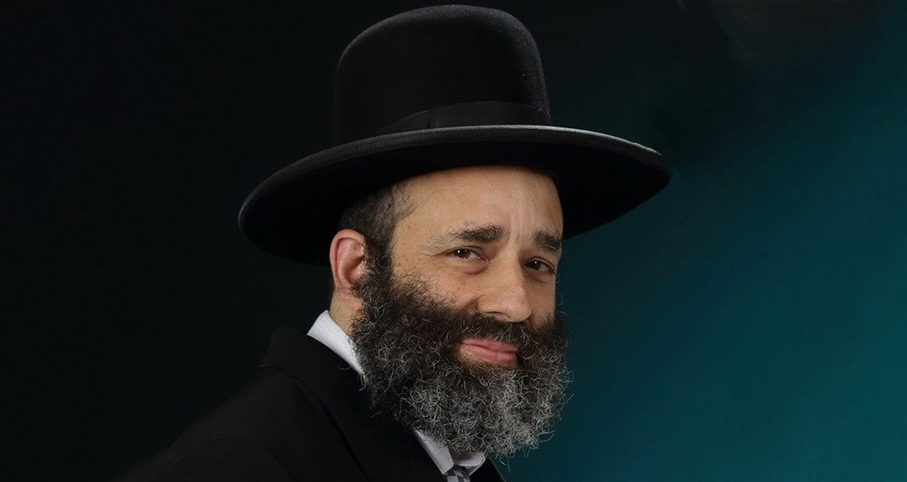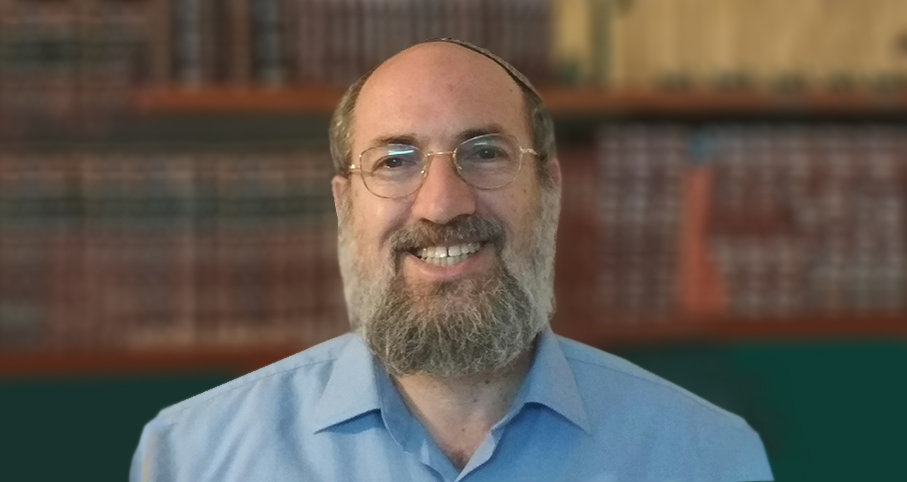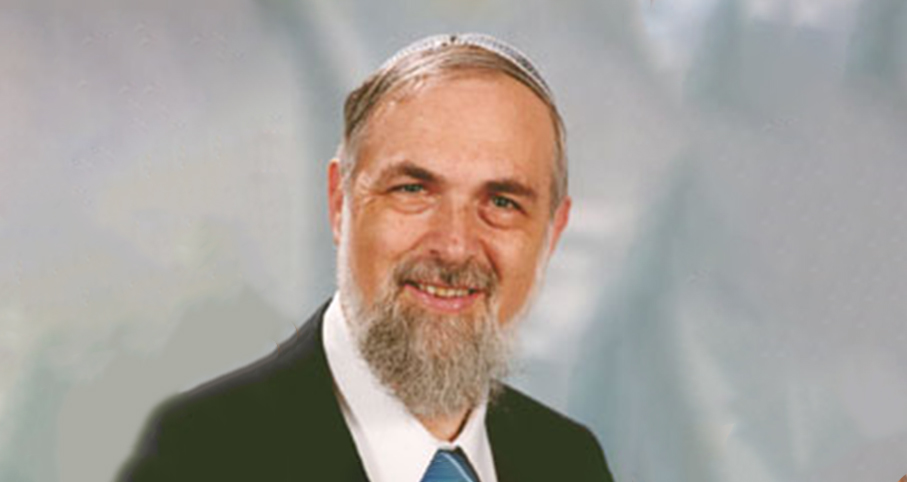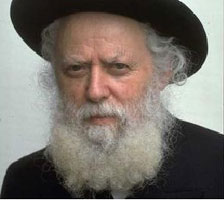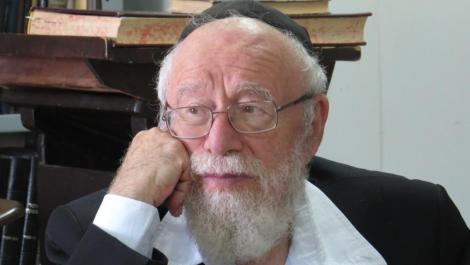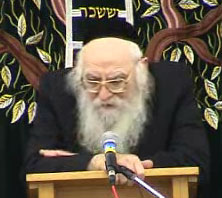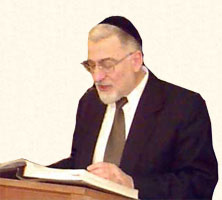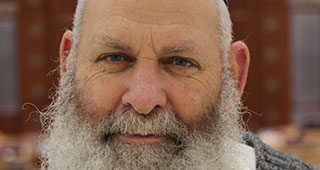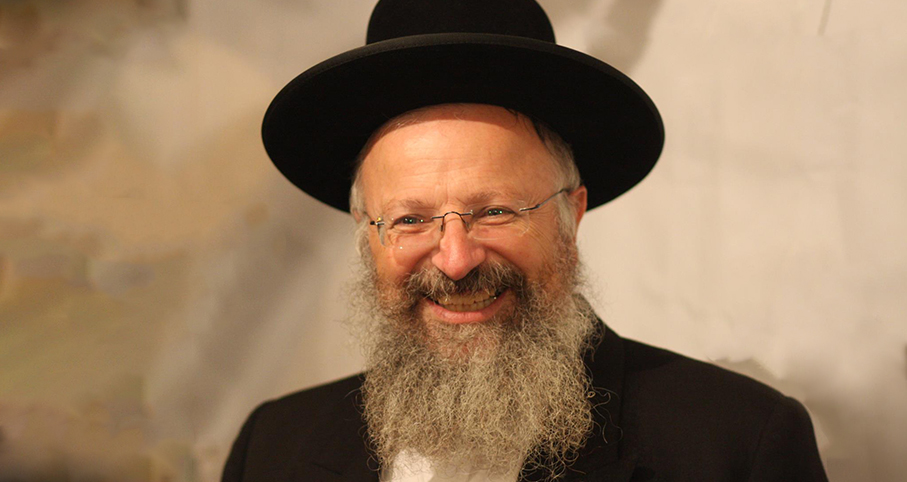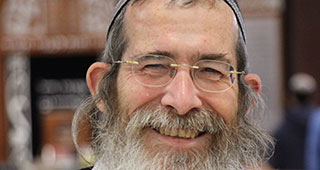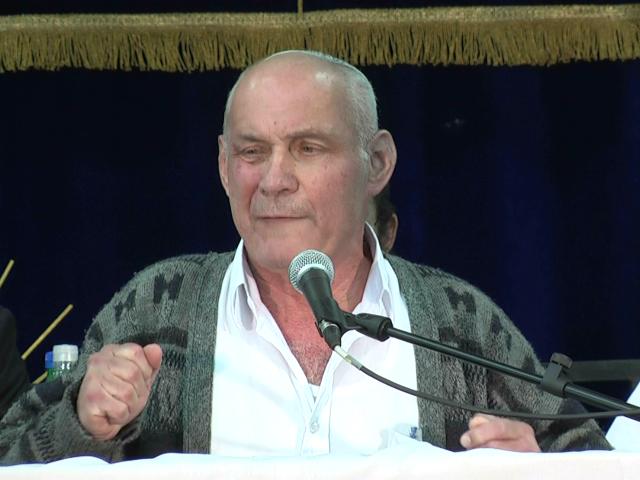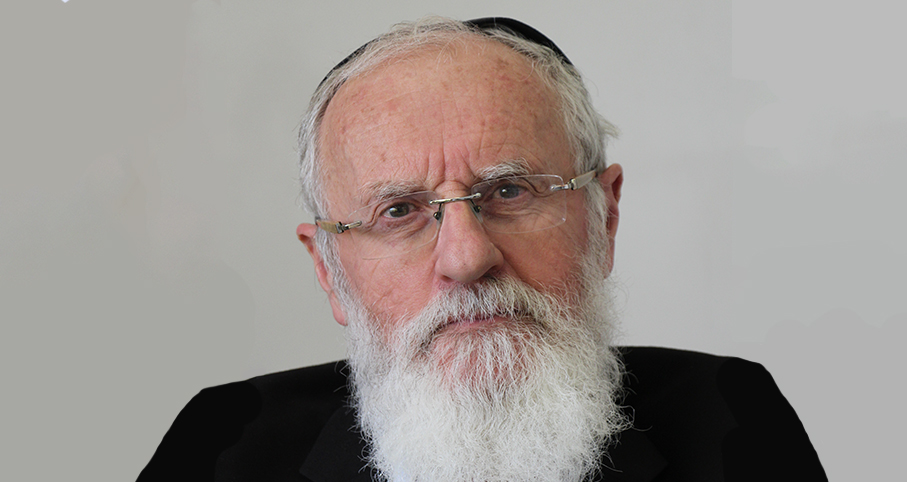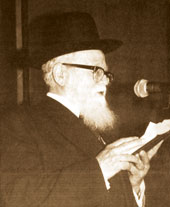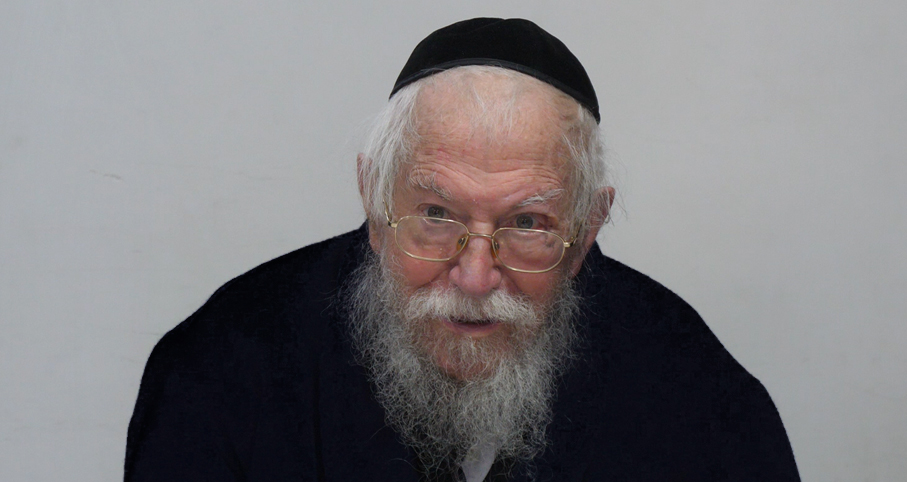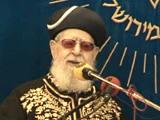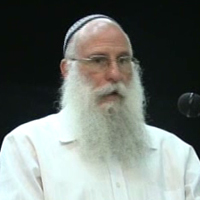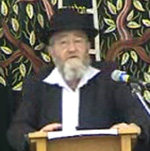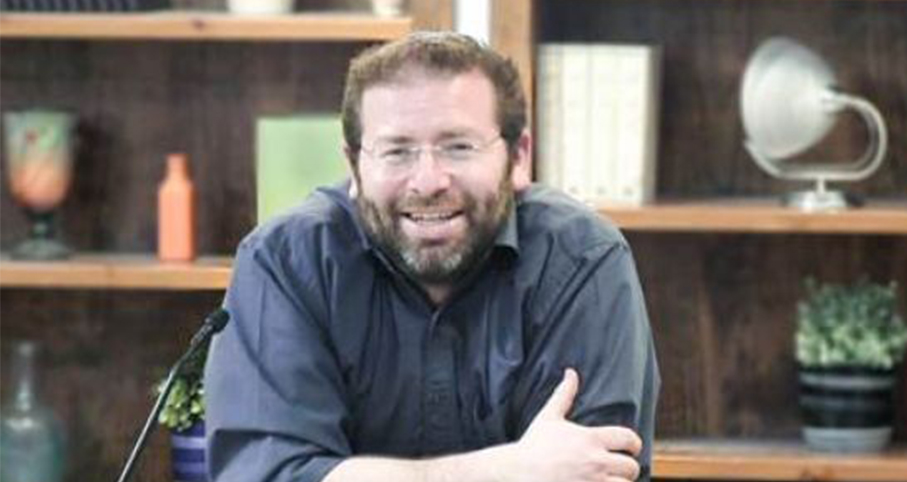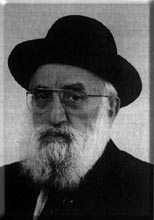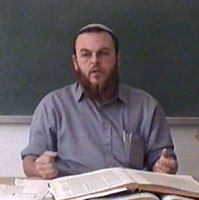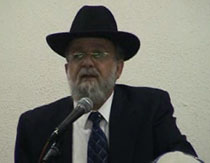Beit Midrash
- Jewish Laws and Thoughts
- Prayer
- Davening in a Minyan
Answer: The main point of the prayer of Elokeinu Veilokei Avotainu (=EVA) is to beseech Hashem for the benefits of the berachot that constitute Birkat Kohanim in lieu of the kohanim carrying out their mitzva (Rav Amram Gaon, cited in the Tur, Orach Chayim 127). Although EVA is apparently a post-Talmudic institution (see Tosafot, Berachot 34a), it is accepted that this is not a hefsek in chazarat hashatz. Realize that Birkat Kohanim is supposed to be incorporated in chazarat hashatz, with the gemara (Megilla 18a) explaining its appropriateness at that exact juncture. The chazan is expected to recite the berachot’s words to prompt the kohanim, and that too is not a hefsek (Rashi, Berachot 34a; Rambam, Tefilla 14:8). Similarly, the Birkat Kohanim stand-in is appropriate for the chazan. Tosafot (Berachot 34a) also infers from the mishna (ad loc.) that were it not for concern that he might confuse himself, the chazan could have answered amen to the Birkat Kohanim.
The disagreement begins in regard to the chazan’s involvement when there is Birkat Kohanim. Rabbeinu Tam (cited by Tosafot, ibid.; Rosh, Berachot 5:17) posits that despite the fact that leading Birkat Kohanim is not a hefsek for the chazan and that someone needs to call the kohanim, a gabbai should call them instead of the chazan (note that in the gemara and other early sources, the word chazan is what we call a gabbai).
The Rosh (ibid.) cites the argument of the Ri that the objection to the chazan calling the kohanim may have disappeared once the prayer of EVA was instituted. That is because now the chazan can use the recitation of the word "kohanim" within the text of EVA to call them. The Tur (OC 128) and others report that the Maharam MeiRutenberg used to do this, and that he said all of EVA silently except for "kohanim." Perhaps when only that word is said out loud, it is more discernable as a call to the kohanim in addition to part of a prayer. (When someone other than the chazan prompts, he immediately says that one word, so that the Maharam’s system slightly delays the beginning of Birkat Kohanim). On the other hand, others report (see Hagahot Maimoniot Tefilla 14:7) that the Maharam changed his practice, and as chazan, no longer recited EVA or called out to the kohanim.
Concerning practical Halacha, the Shulchan Aruch (Orach Chayim 128:8), following the Rambam (ibid.), has the chazan calling out Kohanim without EVA, and this is the Sephardi minhag (Yalkut Yosef, OC 127:2 and 128:35). The Rama (ad loc.) cites as the minhag the earlier practice of the Maharam, that the chazan says EVA quietly, except for "kohanim" out loud. This is the minhag that you grew up with in chutz la’aretz, where it is still prevalent for Ashkenazim. The Gra (Ma’aseh Rav 168) follows Rabbeinu Tam – a gabbai should call out kohanim, whereas the chazan just recites the Birkat Kohanim itself before the kohanim. As not infrequently happens, the minhag of the Gra became the minhag of the Ashkenazim of Eretz Yisrael.
It is theoretically possible to posit that even according to the minhag that a gabbai calls out kohanim, the chazan still says EVA quietly. One can even argue that this has an advantage in making the chazan’s word-by-word prompting of Birkat Kohanim less of a hefsek, as it is incorporated into the text of EVA. However, since the consensus is that in the time of Chazal, before the prayer of EVA was used at all, the chazan led the kohanim in Birkat Kohanim, it must not be a problem of hefsek at all. Such a practice does not fit in with any of the three main minhagim. (Perhaps, some chazanim, especially those who are used to the minhag of chutz la’aretz, say all of EVA quietly before Birkat Kohanim. However, this is a mistaken practice, albeit, not a critical one.)

Kri’at HaTorah in the Shadow of Corona
Rabbi Daniel Mann | Iyar 6 5780
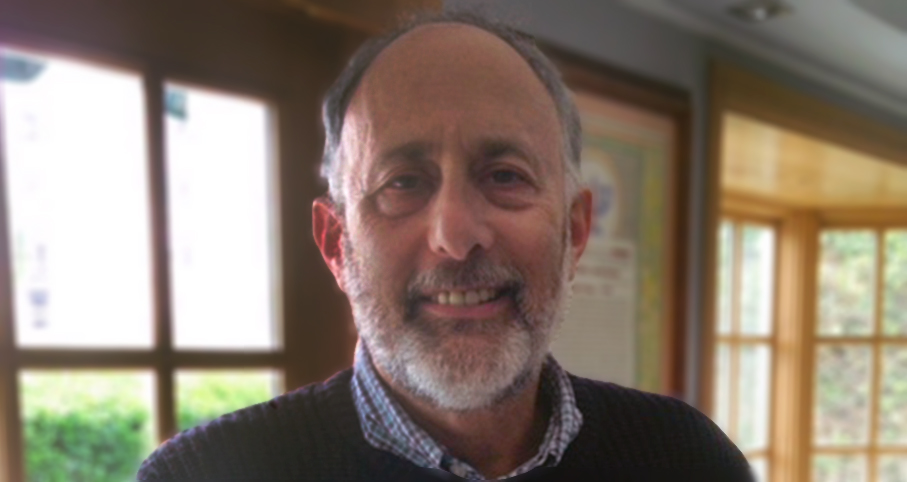
Say a Prayer, and Beware
Rabbi Stewart Weiss | Av 5783

Making Up a Skipped Beracha during Shemoneh Esrei
Rabbi Daniel Mann | Shvat 25 5779
